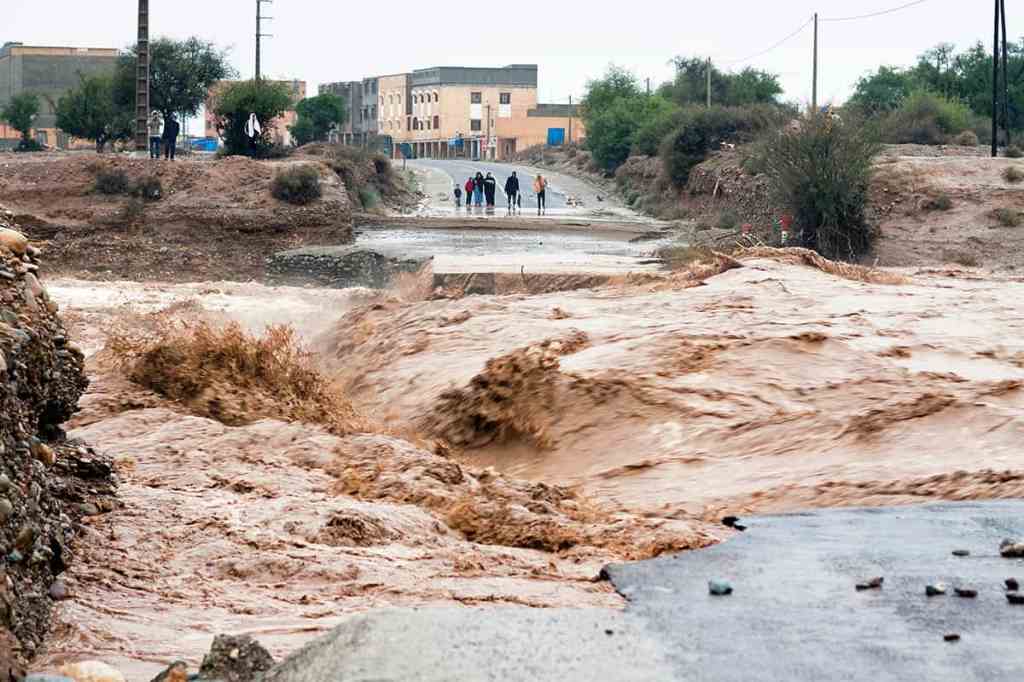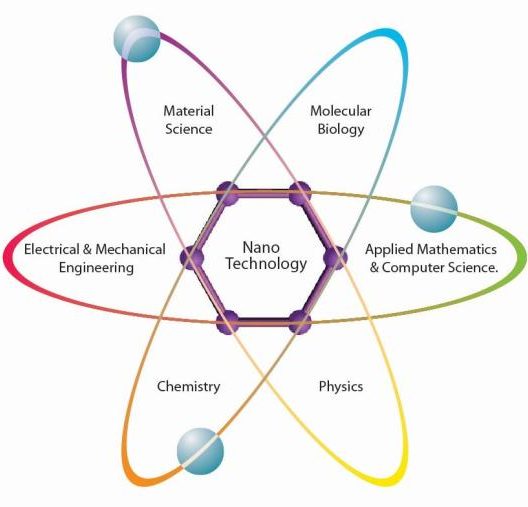
Worrying trend Reliable climate models are needed so that societies can adapt to the impact of climate change. (Courtesy: Shutterstock/Migel)
Topics: Applied Physics, Atmospheric Science, CERN, Civilization, Climate Change
It was a scorcher last year. Land and sea temperatures were up to 0.2 °C (32.36 °F) higher every single month in the second half of 2023, with these warm anomalies continuing into 2024. We know the world is warming, but the sudden heat spike had not been predicted. As NASA climate scientist Gavin Schmidt wrote in Nature recently: “It’s humbling and a bit worrying to admit that no year has confounded climate scientists’ predictive capabilities more than 2023 has.”
As Schmidt went on to explain, a spell of record-breaking warmth had been deemed “unlikely” despite 2023 being an El Niño year, where the relatively cool waters in the central and eastern equatorial Pacific Ocean are replaced with warmer waters. Trouble is, the complex interactions between atmospheric deep convection and equatorial modes of ocean variability, which lie behind El Niño, are poorly resolved in conventional climate models.
Our inability to simulate El Niño properly with current climate models (J. Climate 10.1175/JCLI-D-21-0648.1) is symptomatic of a much bigger problem. In 2011 I argued that contemporary climate models were not good enough to simulate the changing nature of weather extremes such as droughts, heat waves and floods (see “A CERN for climate change” March 2011 p13). With grid-point spacings typically around 100 km, these models provide a blurred, distorted vision of the future climate. For variables like rainfall, the systematic errors associated with such low spatial resolution are larger than the climate-change signals that the models attempt to predict.
Reliable climate models are vitally required so that societies can adapt to climate change, assess the urgency of reaching net-zero or implement geoengineering solutions if things get really bad. Yet how is it possible to adapt if we don’t know whether droughts, heat waves, storms or floods cause the greater threat? How do we assess the urgency of net-zero if models cannot simulate “tipping” points? How is it possible to agree on potential geoengineering solutions if it is not possible to reliably assess whether spraying aerosols in the stratosphere will weaken the monsoons or reduce the moisture supply to the tropical rainforests? Climate modelers have to take the issue of model inadequacy much more seriously if they wish to provide society with reliable actionable information about climate change.
I concluded in 2011 that we needed to develop global climate models with spatial resolution of around 1 km (with compatible temporal resolution) and the only way to achieve this is to pool human and computer resources to create one or more internationally federated institutes. In other words, we need a “CERN for climate change” – an effort inspired by the particle-physics facility near Geneva, which has become an emblem for international collaboration and progress.
Why we still need a CERN for climate change, Tim Palmer, Physics World
